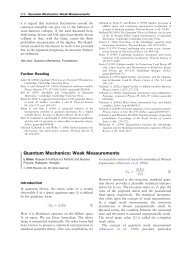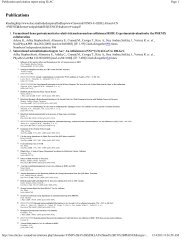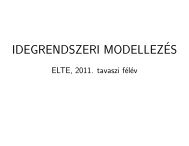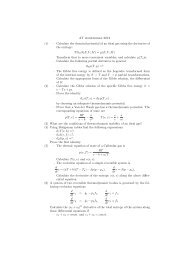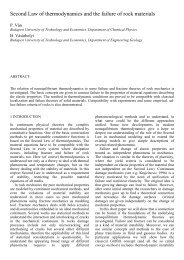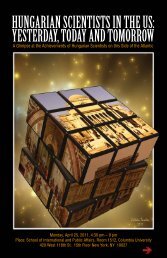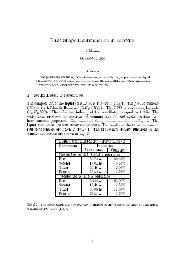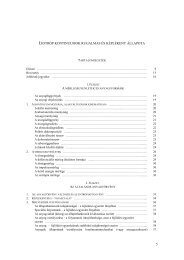Gauge/gravity duality: an overview Z. Bajnok
Gauge/gravity duality: an overview Z. Bajnok
Gauge/gravity duality: an overview Z. Bajnok
You also want an ePaper? Increase the reach of your titles
YUMPU automatically turns print PDFs into web optimized ePapers that Google loves.
Fundamental interactions<br />
CFT: maximally supersymmetric gauge theory<br />
interaction particles gauge theory<br />
electromagnetic photon+electron U(1)<br />
electroweak W ± , Z µ,ν+Higgs SU(2) × U(1)<br />
strong gluon+quarks SU(3)<br />
only <strong>an</strong>alytical tool: perturbation theory<br />
maximally supersymmetric gauge theory<br />
interaction particles gauge theory<br />
N = 4 supersymm. gluon+quarks+scalars SU(N)<br />
Coupling<br />
SU(3)<br />
SU(2)<br />
U(1)<br />
non−perturbative<br />
no <strong>an</strong>alytical tool<br />
perturbative<br />
strong force<br />
electroweak force<br />
Energy<br />
L = 2<br />
g 2 Y M<br />
all fields N 2 − 1 component matrix<br />
Ψ 1,2,3,4<br />
↗<br />
↘<br />
A µ Φ 1,2,3,4,5,6<br />
↘<br />
↗<br />
Ψ 1,2,3,4<br />
∫ d 4 xTr [ − 1 4 F 2 − 1 2 (DΦ)2 + iΨD/ Ψ + V ]<br />
V (Φ, Ψ) = 1 4 [Φ, Φ]2 + Ψ[Φ, Ψ]<br />
no running β = 0 → CFT<br />
no confinement<br />
supersymmetric<br />
heavy ion collision:<br />
finite T → SUSY is broken<br />
quark-gluon plasma is not confined<br />
7




